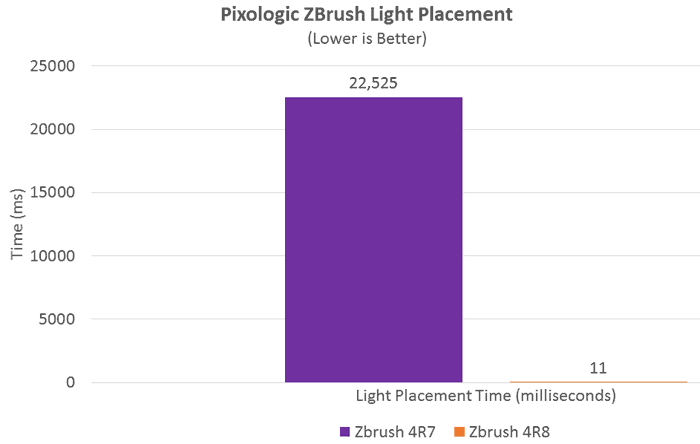AMD's Technical Marketing guy Robert Hallock again took to the firm's blogs ahead of the weekend. As usual it's good news for AMD hardware users. The latest post by Hallock details performance updates for AMD Ryzen users that will significantly speed up game Rise of the Tomb Raider, and 3D art app ZBrush by Pixologic.

Rise of the Tomb Raider
Players of Rise of the Tomb Raider on AMD Ryzen processors can enjoy a huge performance uplift delivered in version 770.1 of the game. Check out the graphs derived from AMD's own testing of the game in Full HD and medium and high quality presets, below. On average this performance uplift is a meaty 28 per cent.

Developer Crystal Dynamics explained the optimisation success was down to tuning the size of split rendering tasks. "By tuning the size of those tasks – breaking some up, allowing multicore CPUs to contribute in more cases, and combining some others, to reduce overheads in the scheduler – the game can more efficiently exploit extra threads on the host CPU," said the developer.
The latest update to ROTR is available via Steam right now. You can update, and roll back and forth, to do your own comparative testing.
Pixologic ZBrush
AMD is delighted with the new ZBrush (4R8) update. Describing the performance update as a "doozy," Robert Hallock published test results showing that in some operations ZBrush now performed a stunning 204,772 per cent faster than it did previously on AMD Ryzen processors.
As I am not a ZBrush user, though I have seen its impressive artwork, and so I am not sure how this 'Light Placement Time' improvement impacts upon ZBrush artists. In an example given, placing lights in the real-time viewport of the program previously took 22.5 seconds but now "this routine operation" takes just 11ms.

The update isn't entirely one dimensional as the headlining improvement might suggest. UI operations involving the Draw and Light menus are said to be "altogether snappier" too. It would be interesting to know what impact the ZBrush software optimisations have had on users of (many-core) Intel processors.













